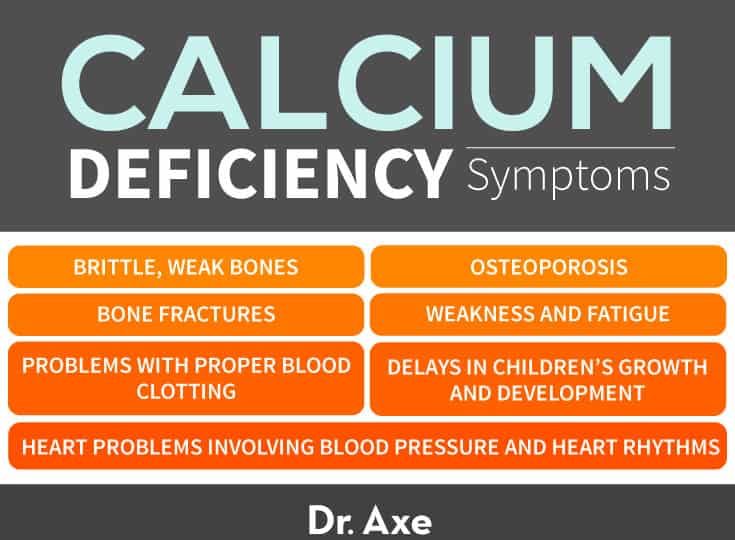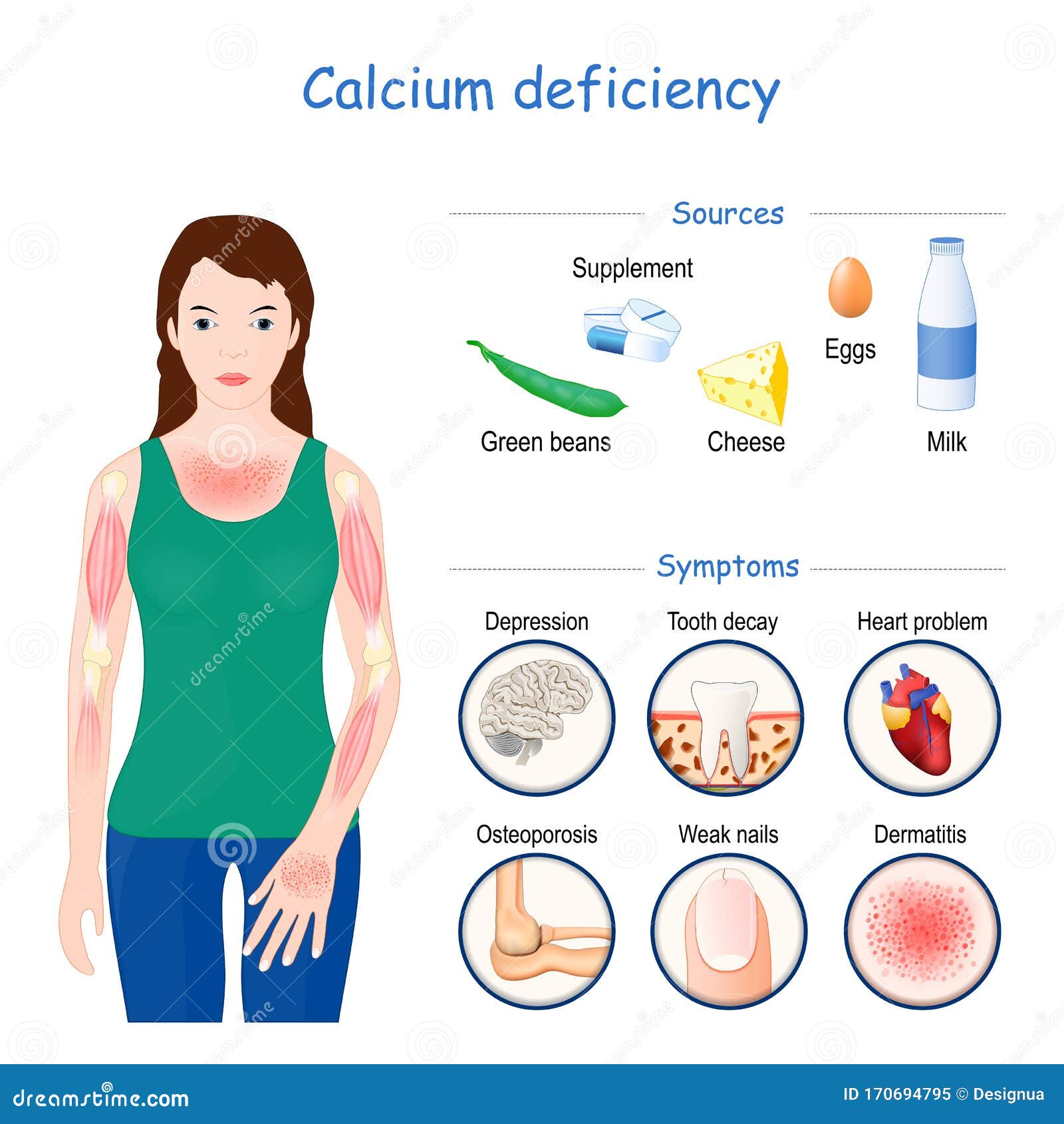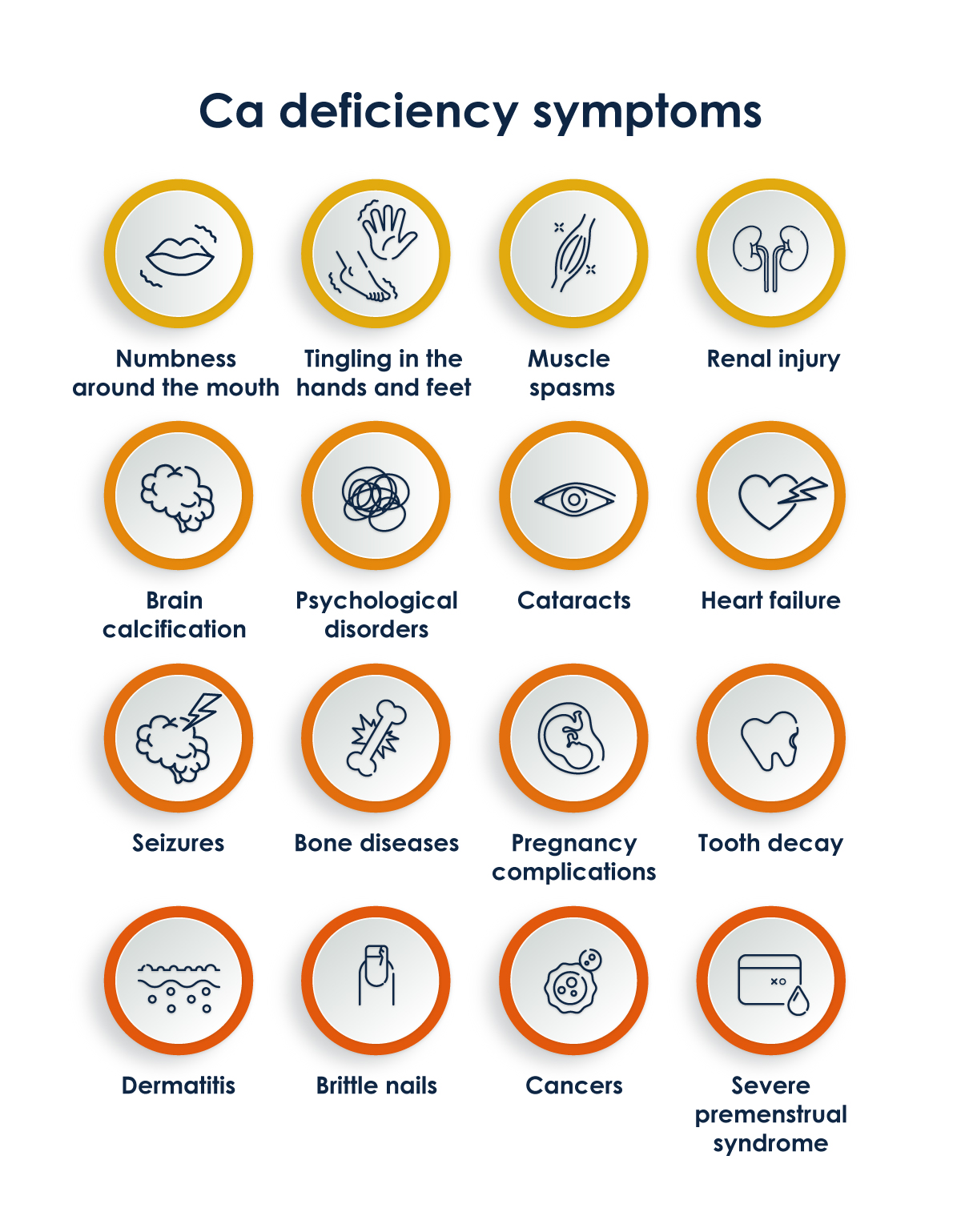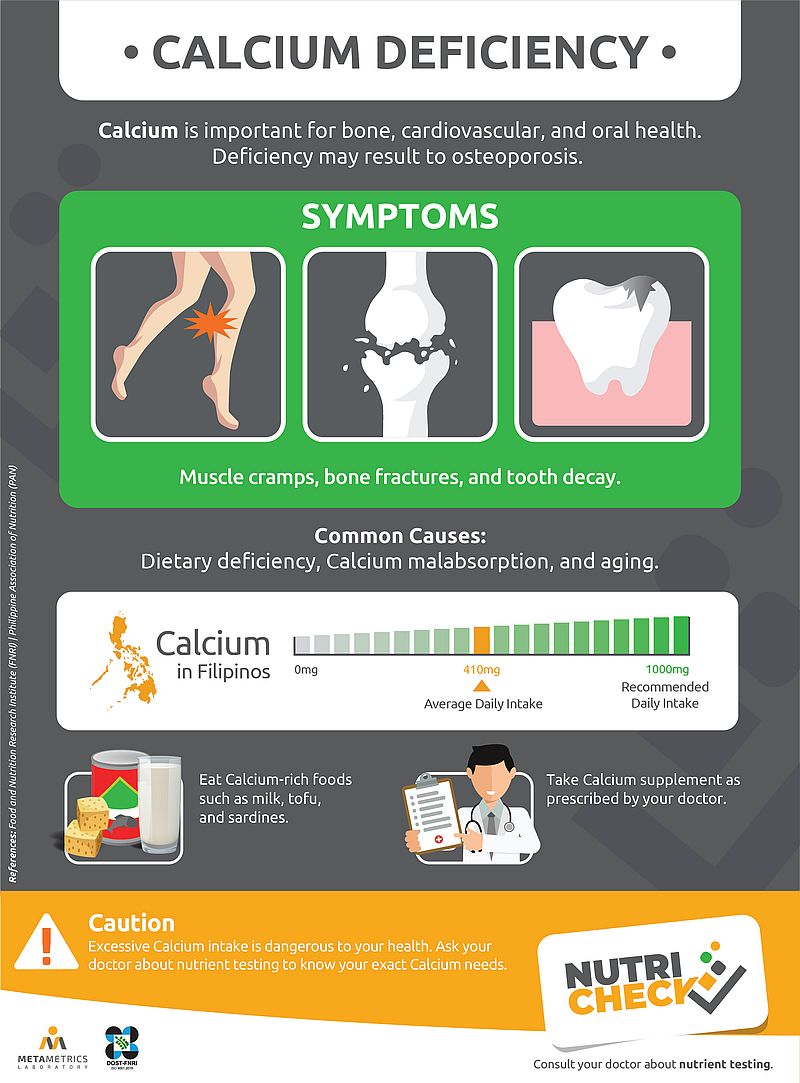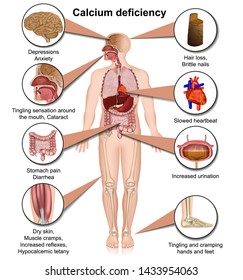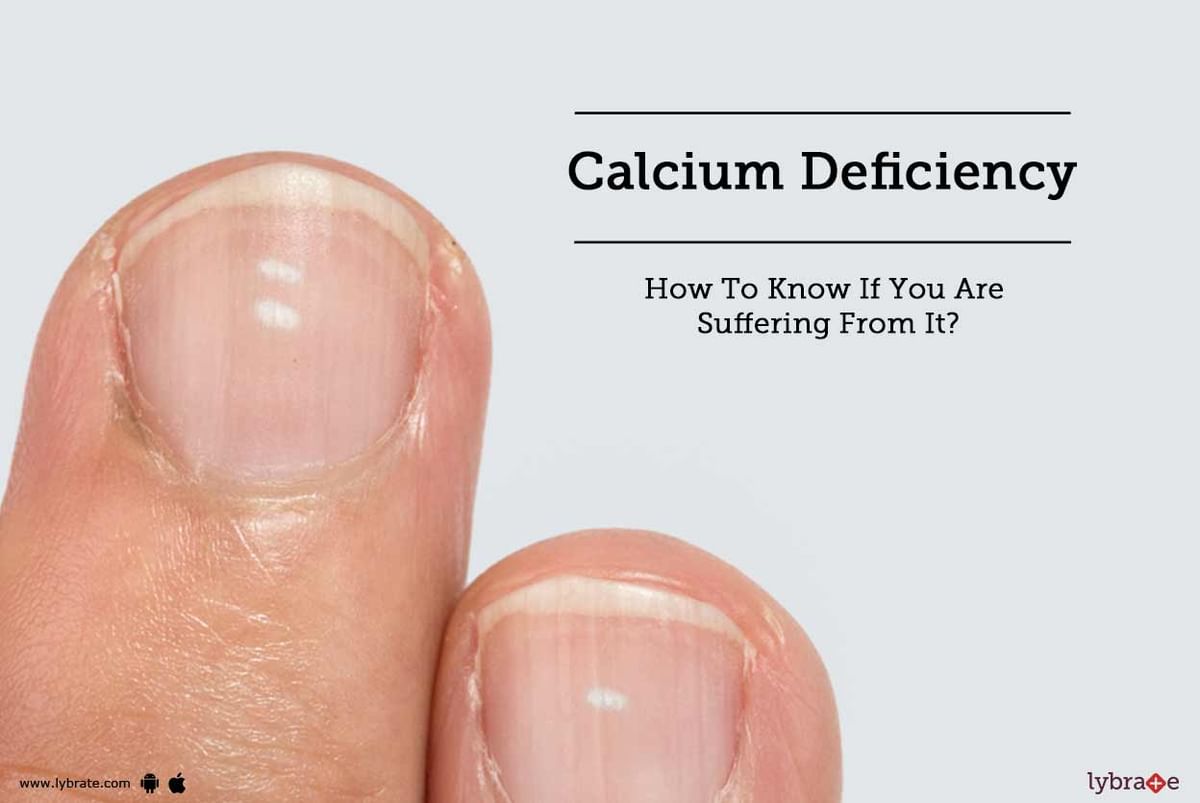Ideal Info About How To Diagnose Calcium Deficiency

If you believe you are suffering from a calcium deficiency, you may experience some of the following symptoms:
How to diagnose calcium deficiency. Certain medical conditions and some drugs, like diuretics, corticosteroids, some antibiotics, antiseizure medications, and certain chemotherapy drugs are more likely to cause a. Calcium carbonate, which is the least expensive and has the most elemental calcium. Most importantly, if your dog displays symptoms of low blood calcium, take him to the vet to diagnose and confirm the deficiency.
Common symptoms of calcium deficiency include: Calcium deficiency results in symptoms like muscle spasms, cramping, irregular heartbeats, and bone fractures. Considering many calcium deficiency signs are obvious, your doctor will first make a clinical assessment of any symptoms, such as:.
Your doctor will measure your total calcium level, your albumin level,. If your doctor suspects calcium deficiency, they’ll take a blood sample to check your blood calcium level. After a positive report, your dog will require.
Calcium citrate, which is the most. How is calcium deficiency diagnosed. You may experience physical and cognitive symptoms because of calcium deficiency.
Calcium deficiency diagnosis if you are experiencing symptoms such as muscle aches, pains, tingling in the hands or feet, or mental status changes, you should see your. If your results show a calcium deficiency,. A calcium deficiency will first manifest in the youngest foliage because calcium is an immobile element.
When you have a calcium deficiency, your body is unable to use sufficient calcium for the functioning of the muscles, which causes it to lose function. Up to 8% cash back a blood test from your doctor can help determine whether your calcium levels are up to par for your age group. Muscle cramping is one of the.
